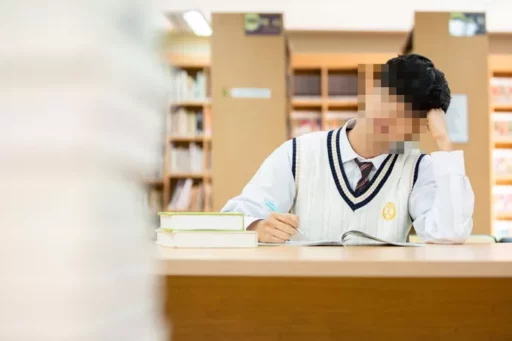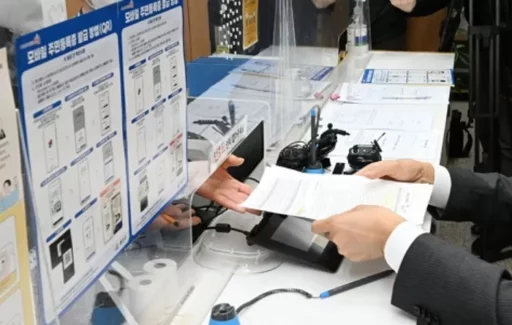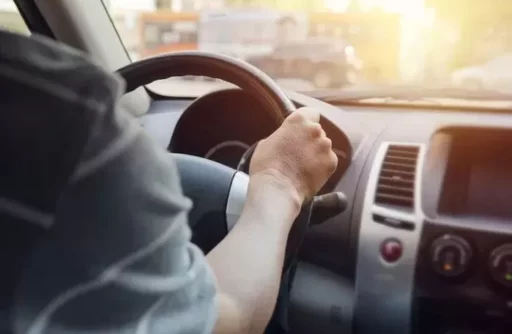Starting Applications for Consumer Coupons for Livelihood Recovery on the 21st, Concerns over Complex Usage Guidelines
Starting tomorrow (21st), the application for the first disbursement of consumer coupons for livelihood recovery will begin.
These consumer coupons will be distributed to all citizens regardless of income level, with the application period ending on September 12 and a usage deadline of November 30.
However, during the first week of applications from July 21 to 25, a weekday system based on the last digit of birth years will be applied.
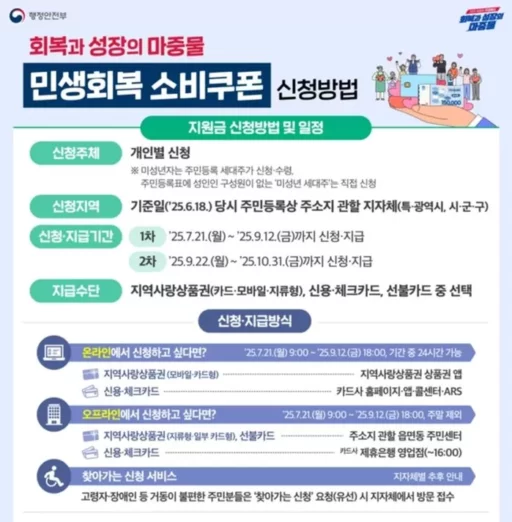
If the last digit of the birth year is 1 or 6, applications can be made on Monday; 2 or 7 on Tuesday; 3 or 8 on Wednesday; 4 or 9 on Thursday; and 5 or 0 on Friday. From Saturday, the 26th, applications can be made freely regardless of the birth year.
Maximum Disbursement Amount of 450,000 Won, Various Application Methods
The amount of consumer coupons will be disbursed differently based on the recipient. General citizens will receive 150,000 Won per person, while the low-income bracket and single-parent families will receive 300,000 Won, and beneficiaries of basic living support will receive 400,000 Won.
Additionally, a regional bonus will provide an extra 30,000 Won for residents outside the metropolitan area, and 50,000 Won for residents in rural areas facing population decline (84 cities and counties), allowing for a maximum of 450,000 Won.
Applicants can apply both online and offline. If choosing the credit or debit card method, applications can be made through the apps, websites, or call centers of nine card companies, including KB Kookmin, NH Nonghyup, Lotte, Samsung, Shinhan, Woori, Hana, Hyundai, and BC, as well as through simple payment apps like KakaoPay, NaverPay, and Toss.
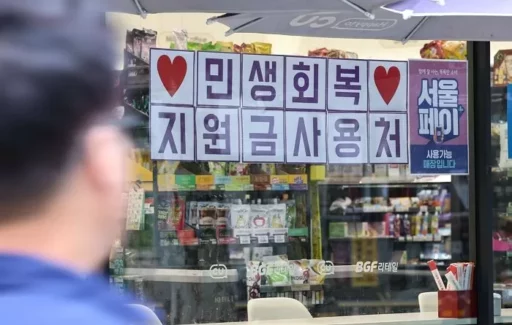
Applications can also be made at bank branches associated with card companies, and coupons will be distributed starting the day after application.
For those wanting local love gift certificates, applications can be submitted online via the dedicated apps or websites of the relevant local governments.
For prepaid cards or paper gift certificates, applicants must visit their local community service center in person to apply and receive them.
The government also operates a 'mobile application' service for citizens with mobility difficulties, such as the elderly or disabled. However, if someone in the household can apply on their behalf, this service will be restricted.
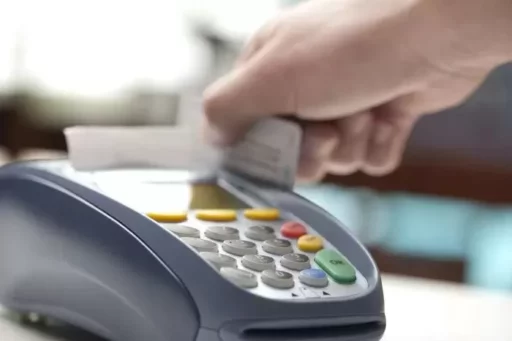
Concerns Over Complex Usage Guidelines, Verification Needed for Each Location
Ahead of the disbursement of consumer coupons for livelihood recovery, there are heightened concerns regarding the usage guidelines. These consumer coupons can only be used at small business franchise locations with annual sales of 3 billion Won or less, meaning that even within the same brand, the ability to use the coupons may vary from store to store.
For convenience stores, even major brands such as CU, GS25, and 7-Eleven will have differing eligibility based on whether they are directly operated or franchised. Directly operated stores are generally not eligible for coupon usage, while only franchised stores are.
Daiso also allows the use of consumer coupons only at about 30% of its 1,500 stores, which are franchise locations.
To reduce confusion, the government plans to attach 'stickers' distinguishing franchise stores from directly operated ones in major sectors such as convenience stores and to mark eligible locations on map apps like KakaoMap and T-map. However, some franchise headquarters have yet to submit even the necessary information to differentiate between direct and franchise stores, raising concerns about accurate guidance in the initial implementation phase.
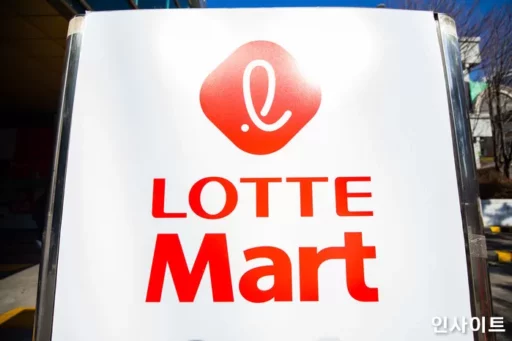
Hypermarkets, large supermarket chains (SSM), department stores, duty-free shops, and online shopping malls will be completely prohibited from use due to the policy aim of revitalizing local economies.
Franchise stores like Starbucks and Olive Young, which have a high percentage of directly operated locations, will also be inaccessible for coupon use.
For taxis, individual taxis are eligible, but corporate taxis are only allowed under exceptional circumstances, even if they meet the annual revenue requirement, based on compliance with location criteria. There is expected consumer confusion regarding the distinction between individual and corporate taxis when using app-hailing services like KakaoT.
Furthermore, consumer coupons can only be used for direct payments via in-store card terminals. Payment methods that go through payment gateways, such as kiosks or table orders, will not be recognized as store revenue and will thus be restricted.
In principle, app payments via delivery apps will not be allowed, and exceptions will only be made in cases where payments are made directly to the delivery person via in-person card transactions.
The government has finalised that, like other industries, consumer coupons will only be eligible for use at stores with annual sales of 3 billion Won or less.
Image source: Livelihood Support Funds, Consumer Coupons for Livelihood Recovery / Ministry of the Interior and Safety, News1, Reference photos for understanding the article / gettyimagesbank, Lotte Mart / Photo = Insight
